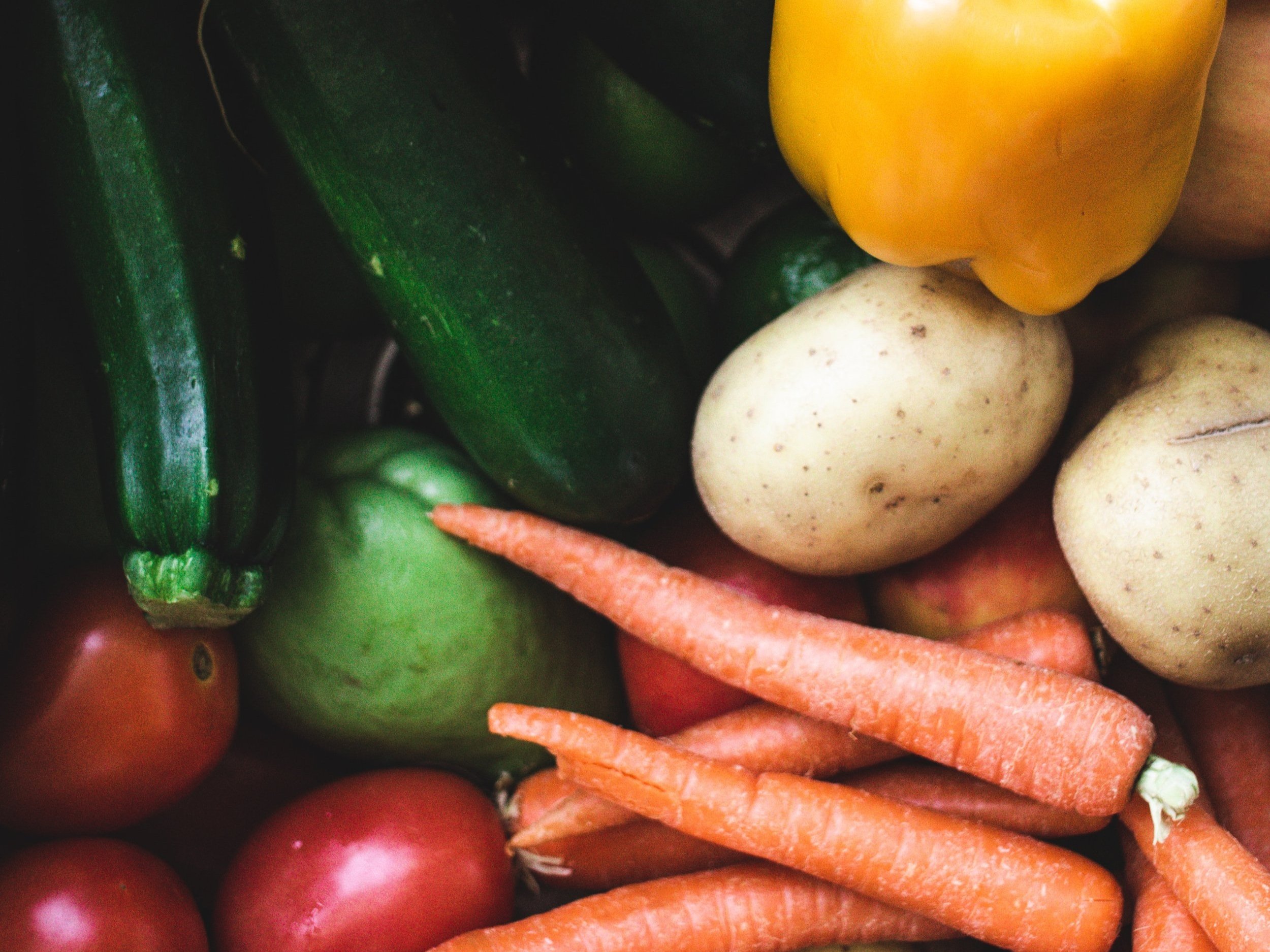Photo by Nadine Primeau on Unsplash
January is a great time to reflect on our choices and consider how to bring our lifestyles more in line with our values. Our food choices have a profound impact not only on our health but also on the planet. Eating sustainably and locally can help reduce your carbon footprint, support local farmers, and promote biodiversity.
Here’s a comprehensive guide to making informed and mindful food decisions.
Photo by Odiseo Castrejon on Unsplash
Why Eat Sustainably and Locally?
Environmental Impact: The global food system accounts for a significant portion of greenhouse gas emissions. By choosing local and seasonal foods, you reduce the energy needed for transportation, storage, and processing.
Supporting Local Economies: Buying directly from British farmers boosts regional economies and helps preserve farmland. Supporting UK agriculture also reduces reliance on imports.
Fresher, Healthier Food: Locally grown produce is often fresher and more nutrient-rich since it doesn’t spend weeks in transit.
Preserving Biodiversity: Small-scale British farms are more likely to grow diverse crops, which helps maintain soil health and ecosystem balance.
Photo by Brooke Lark on Unsplash
Practical Tips for Eating Sustainably and Locally
1. Reduce meat and dairy. January is a great time to cut down on the animal products in your diet. Look out for Veganuary offers on plant-based foods and take the opportunity to try something new.
Photo by roam in color on Unsplash
2. Shop at Farmers' Markets and Farm Shops Farmers' markets and shops across the UK offer fresh, seasonal, and locally grown produce. Check local online message boards for information about Farmer’s Markets. Search Farminguk.com for a list of nearby farm shops.
Photo by Shelley Pauls on Unsplash
3. Join a Veg Box Scheme Subscribing to a local veg box scheme, such as Oddbox, Riverford or Abel & Cole, connects you directly with British farms. You’ll receive regular boxes of fresh, seasonal produce delivered to your doorstep.
Photo by Davor Nisevic on Unsplash
4. Eat Seasonally Seasonal eating in the UK means enjoying strawberries in the summer, root vegetables in the winter, and apples in the autumn. It’s fresher, tastier, and reduces the environmental impact of importing out-of-season items.
Photo by Anastasia Zhenina on Unsplash
5. Grow Your Own Food Even a small garden or allotment can provide fresh herbs, vegetables, or fruits. Local councils often have allotment schemes for those without gardens.
Photo by Markus Spiske on Unsplash
6. Prioritise Plant-Based Meals Shifting towards a plant-based diet reduces the environmental toll of animal agriculture. Incorporate more legumes, grains, and vegetables into your meals to lower your carbon footprint. Look for British-grown pulses like fava beans and lentils.
Photo by 360floralflaves on Unsplash
7. Choose Sustainable Proteins Reduce meat in take swap to sustainable plant based proteins. If you eat meat, opt for locally raised, pasture-fed options from UK farms. For seafood, consult the Marine Conservation Society’s Good Fish Guide to ensure sustainable choices.
Photo by Veronica White on Unsplash
8. Reduce Food Waste Plan meals carefully and use leftovers creatively to minimise waste. Composting food scraps is another great way to give back to the soil, and many councils offer compost bin schemes.
Photo by Gabriel Jimenez on Unsplash
9. Avoid Over-Packaged Foods Shop at zero-waste stores or bring your own containers to supermarkets. Reduce reliance on single-use plastics and heavily packaged goods by choosing loose produce.
Photo by Annie Spratt on Unsplash
10. Learn About Food Labels Look for certifications such as Red Tractor, Soil Association Organic, and Fairtrade to guide you toward more sustainable choices.
Photo by Jonny Gios on Unsplash
11. Support Local Food Initiatives Participate in local food drives, community gardens, or food co-ops. Schemes like Incredible Edible or Transition Towns encourage sustainable food practices within communities.
Photo by Nadine Primeau on Unsplash
Overcoming Challenges
Cost: While local and organic foods can sometimes be more expensive, buying in season and in bulk often offsets the cost. Consider meal prepping to make the most of what you buy.
Availability: Not every region has year-round access to diverse local foods. Preserve seasonal produce through freezing, jamming and pickling for later use.
Convenience: Shift habits gradually. Start with one or two sustainable changes, like shopping at a farmers' market once a month. Buddy up with a friend and take turns to shop at locations that are further afield.
Photo by Odiseo Castrejon on Unsplash
The Bigger Picture
Eating sustainably and locally isn’t just about individual choices; it’s part of a larger movement toward a healthier planet. By aligning your eating habits with environmental values, you contribute to a system that respects the Earth and its resources.
Every bite matters. Start small, stay curious, and savour the journey toward a sustainable lifestyle.
Photo by Tangerine Newt on Unsplash












































